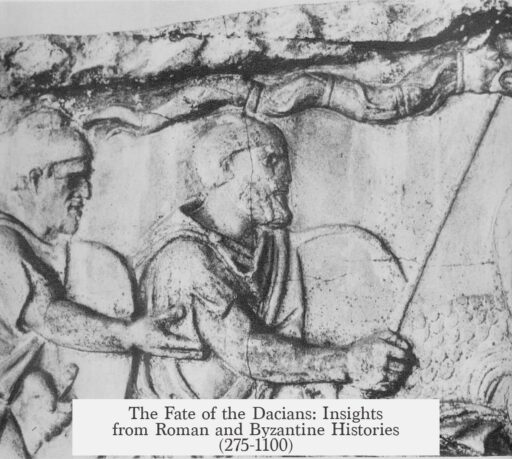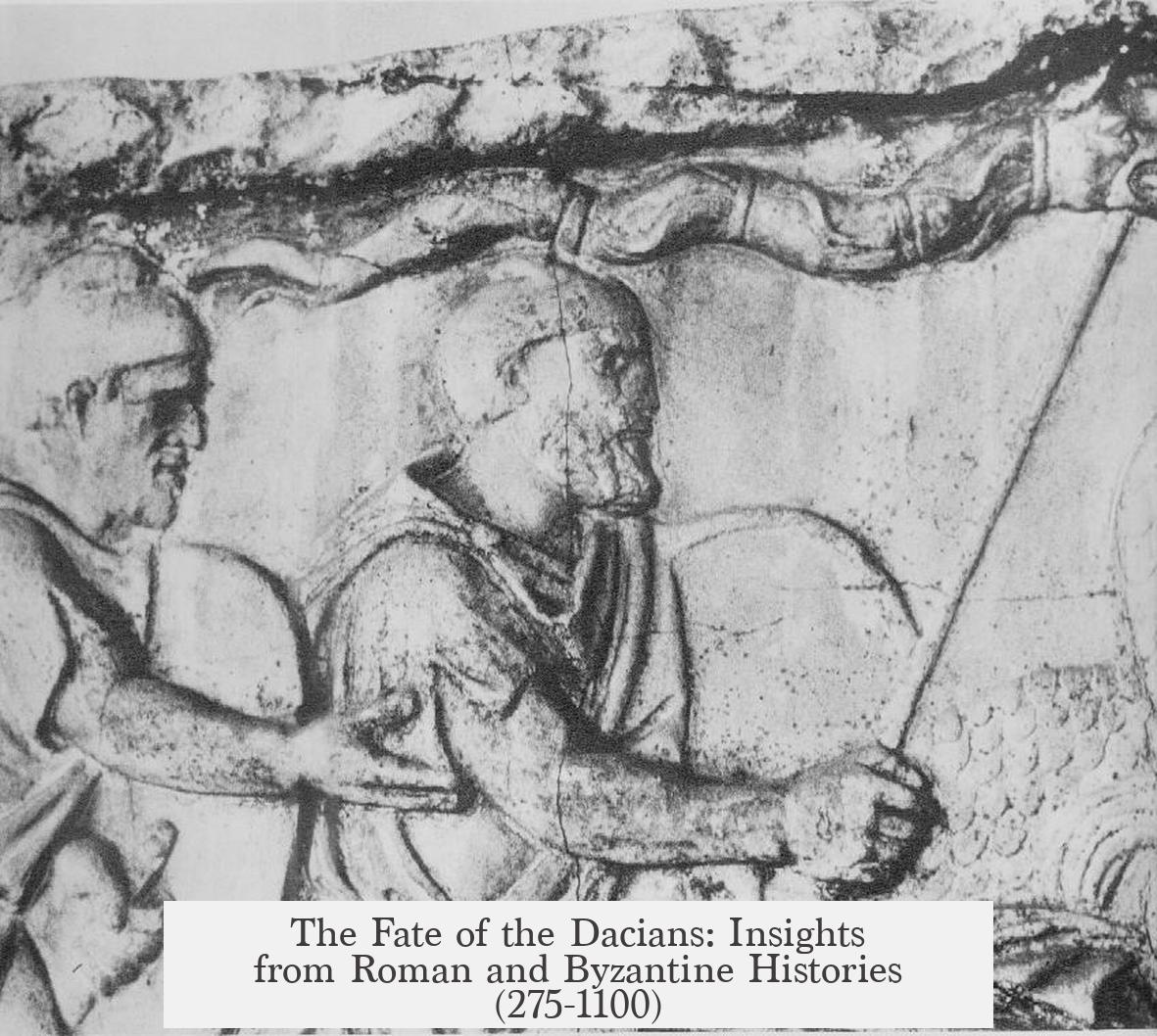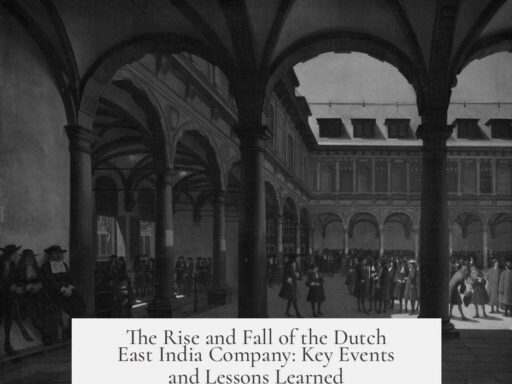The fate of the Dacians after the Roman withdrawal from Dacia remains debated, with diverging Hungarian and Romanian narratives shaped by historical, linguistic, and political factors. Both perspectives address the survival and continuity of the Dacian people and their cultural legacy, influencing modern claims over Transylvania.
The Romanian view argues that the Dacians largely remained in their homeland after Rome abandoned the province around 275 AD. Supporters of this theory highlight the continuity of a Romance language in the region, modern Romanian, as evidence that Dacian populations survived Roman evacuation. The idea posits that those Dacians who stayed gradually adopted Latin but preserved their ethnic identity, eventually forming the Vlachs—a linguistic and cultural group of Romance-speaking shepherds scattered through Eastern Europe’s mountainous regions. These Vlachs, according to Romanian scholars, represent direct cultural descendants of the Dacians.
Additional evidence cited includes ambiguous Roman orders regarding the evacuation of Dacia. Historians note uncertainty over whether the emperor ordered the army, population, or valuables taken out, implying many inhabitants may have remained behind. Archaeological findings further suggest continued habitation by local communities during the early medieval period. This continuous presence lends modern Romania a stronger historical claim to Transylvania, tying current populations to ancient Dacian roots.
In contrast, the Hungarian perspective asserts that most Dacians left Dacia following the Roman retreat. Historians on this side point to the scarcity of documents detailing local populations between Rome’s departure and the medieval emergence of Vlach groups around 1000 AD. Hungarian scholars argue that the Vlachs migrated into the region from south of the Danube during this period rather than representing an uninterrupted lineage from Dacians. This migration theory implies a disruption in ethnic continuity, supporting Hungary’s territorial claims over Transylvania based on demographic shifts during the Middle Ages.
However, this migration hypothesis faces criticism due to a lack of direct documentation of such population movements. There are no solid written records confirming mass migrations of Romance speakers into Dacia around the turn of the first millennium, leaving this argument speculative.
Linguistic evidence plays a central role in evaluating these theories. Romanian language’s development as a Romance language closely tied to Latin is a key aspect supporting continuous Dacian presence. The relationship between Romanian and Aromanian, another Romance language spoken in the Balkans, provides insight. Romanian and Aromanian differ significantly, signaling a long period of separation. Linguists suggest this divergence predates the 1000 AD timeframe.
This detail challenges the Hungarian perspective that Vlachs returned from the Balkans only around 1000 AD. If so, Romanian and Aromanian languages would likely be more similar due to a more recent shared origin. Instead, substantial linguistic separation supports the notion that Dacian populations remained in the area continuously, evolving independently from other Romance-speaking groups like the Aromanians.
In summary, the debate hinges on regional history, archaeology, linguistics, and modern political interpretations. Romanian historians emphasize continuous habitation, backed by language and cultural evolution from Dacians to Vlachs and finally Romanians. Hungarian historians focus on migration and demographic change, citing gaps in historical records and late medieval population developments.
| Aspect | Romanian Theory | Hungarian Theory |
|---|---|---|
| Dacian Presence post-Rome | Many Dacians stayed, forming Vlachs | Most Dacians left after Roman withdrawal |
| Language Evidence | Romanian evolved continuously, distinct from Aromanian | Vlachs migrated back ~1000 AD; linguistic similarity should be higher |
| Historical Documentation | Ambiguous evacuation order; archaeology shows continuity | Minimal documentation; no clear proof of migration |
| Modern Political Implications | Supports Romanian claim to Transylvania | Supports Hungarian claim to Transylvania |
The fate of the Dacians remains entwined with national narratives and historical interpretation. The Romanian viewpoint is strengthened by linguistic divergence and archaeological evidence suggesting continuous habitation. The Hungarian perspective relies on medieval demographic changes and historical silence to argue for significant migration and population replacement.
- Dacians likely did not disappear entirely after Roman withdrawal.
- Romanian language supports long-term Dacian survival and evolution.
- Vlachs are considered cultural heirs to the Dacians in Romanian scholarship.
- Hungarian theory claims migration and repopulation from the Balkans around 1000 AD.
- Differences in Romanian and Aromanian languages suggest early separation.
- Archaeological data ambiguously supports continuous habitation.
- Historical records after Roman departure are sparse, fueling debate.
Whatever happened to the Dacians? (History of Rome/Byzantium, 275-1100)

Whatever happened to the Dacians? The answer lies tangled in historical debates and national pride, with competing Romanian and Hungarian theories vying for legitimacy. This isn’t a simple ancient mystery solved by dusty scrolls; it’s a saga intertwined with politics, language, and archaeology, echoing into modern territorial claims.
Let’s unravel what history, linguistics, and national narratives say about the elusive fate of the Dacians after Rome’s departure from their lands around 275 AD.
Two Nations, Two Stories: The Clash of Perspectives
The fate of the Dacians is hotly contested. Romania claims the Dacians never really left; Hungary says they fled, only to see new settlers emerge hundreds of years later.
At stake? The rich region of Transylvania, nestled in the Carpathian Mountains, which both nations claim as historically theirs. Naturally, each side’s tale supports their territorial ambitions.
“Whoever controls the past controls the future,” as George Orwell might suggest—except here, it’s more about controlling Transylvania.
Understanding this conflict helps make sense of why historians rarely agree and why facts often dodge interpretations shaped by national pride.
The Romanian Theory: Dacians Stayed, Adapted, and Evolved
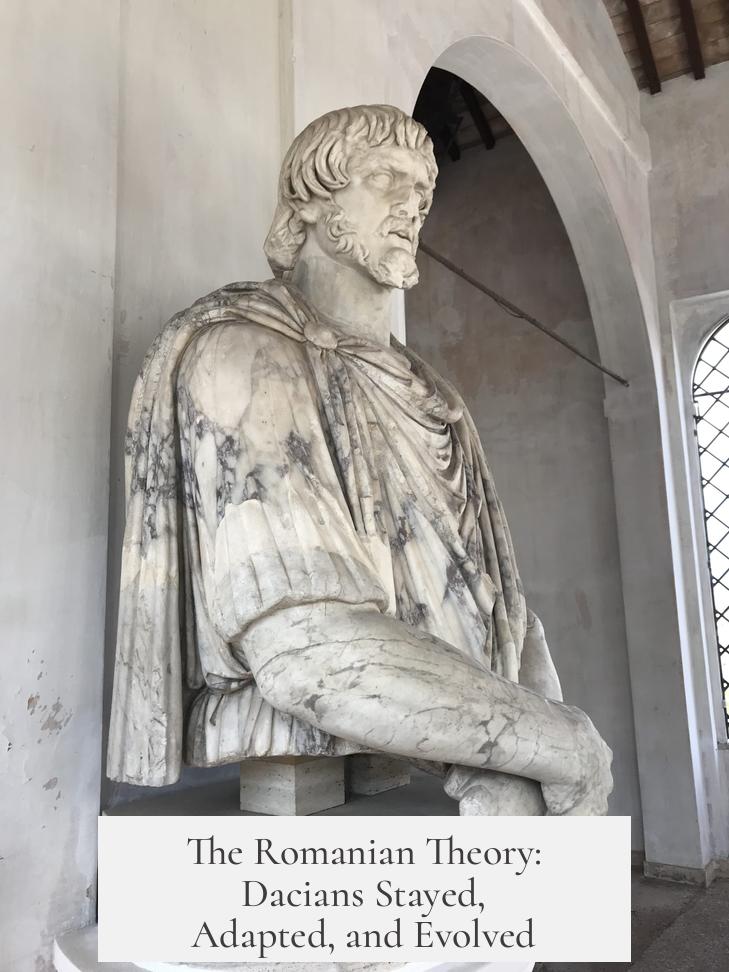
The Romanian perspective paints a picture of persistence and resilience. When Rome withdrew its legions, many Dacians stayed put. They didn’t vanish; they adapted.
Crucially, Romanian is a Romance language—the linguistic offspring of Latin roots planted by Roman conquerors. This suggests that a Latin-speaking population remained, blending with the native Dacians rather than fleeing altogether.
This fusion resulted in the Vlachs, shepherd-like people who retreated to the mountains to survive waves of invasions. Their pastoral lifestyle fits this narrative perfectly.
There’s also archaeological evidence supporting this story. Though the Romans ordered evacuation of Dacia, historical records ambiguously specify whether they meant the army, administrators, or civilians. This leaves room to believe that many locals remained, continuing life in the rugged terrains.
And there’s a modern dimension to this theory: it underpins Romania’s historical claim to Transylvania, framing Romanians as the rightful heirs of the land.
The Hungarian Theory: Dacians Departed, and Vlachs Returned Later
On the flip side, the Hungarian narrative insists nearly all Dacians abandoned the region following Rome’s exit.
According to this view, the Vlachs appeared much later, around 1000 AD, migrating north from south of the Danube into Transylvania. This is based on the scarcity of records documenting the inhabitants between 275 and 1000 AD.
However, here’s the kicker: there is very little contemporary documentation proving this migration. It’s something historians rely on by default, given the lack of evidence to the contrary.
This theory bolsters Hungarian claims over Transylvania, suggesting Romanians’ ancestors only returned much later.
The Linguistic Puzzle: Romanian vs. Aromanian
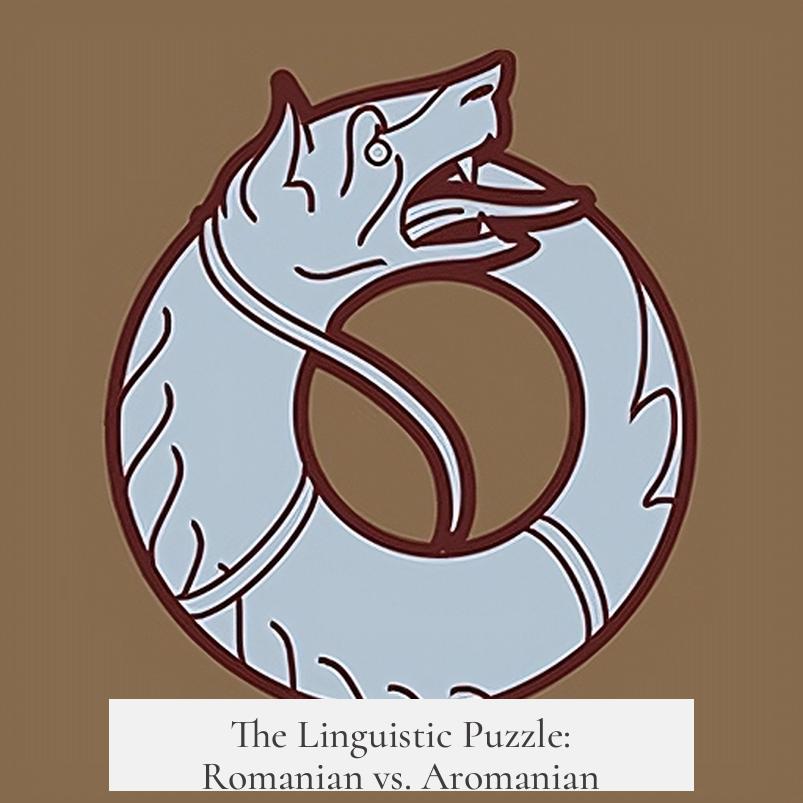
Linguistics brings a fascinating layer to this debate.
If the Vlachs returned only around 1000 AD, Romanian and Aromanian languages would be very similar, as they would have separated fairly recently.
But they aren’t. The two languages display significant differences, implying they evolved separately for over a millennium.
This long separation hints at a continuous Dacian-derived population remaining in the region long before 1000 AD. In other words, the Romanian theory gains extra weight thanks to linguistic evidence.
What Do These Theories Mean in a Broader Sense?
Beyond history lessons, these theories influence national identity and politics today.
Romania’s argument portrays its people as the enduring heirs of the ancient Dacians, surviving invasions and preserving a Romance language amid a sea of Slavic and Magyar influences.
Hungary’s viewpoint highlights migrations and cultural shifts, positioning Hungarians as longstanding rulers of Transylvania from the medieval period onward.
So, the debate isn’t just academic—it shapes how millions view their roots and rightful territory.
Is There a Clear Winner?
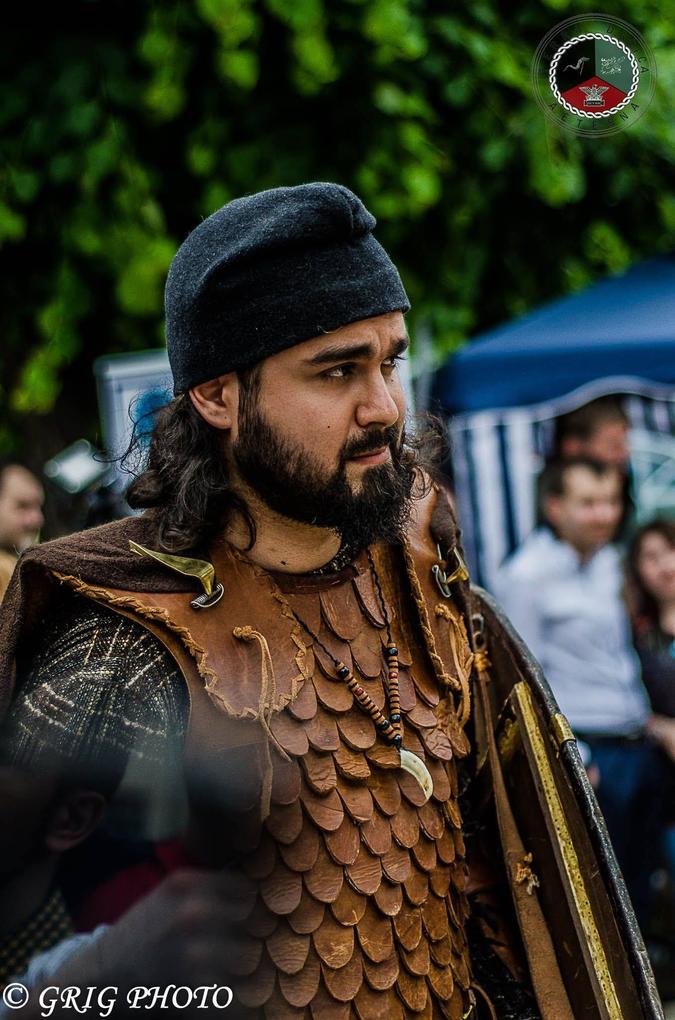
Not quite. History rarely offers neat verdicts, especially when layered with political motives and scarce evidence.
Archaeology gives some clues; linguistic studies tilt the balance toward Romanian continuity. But the gaps in records and biases on both sides make certainty elusive.
What’s certain is this debate encourages critical thinking about how history is written and the way it impacts present-day communities.
Lessons and Reflections
- History isn’t just about facts: It’s also about narratives shaped by identity and power.
- Language serves as a historical record: Languages carry clues of migration and cultural mixing.
- Archaeology and records are often ambiguous: Absence of evidence isn’t evidence of absence.
- National stories influence politics today: History feeds modern territorial claims.
So next time someone asks, “Whatever happened to the Dacians?” you can smile knowingly. It’s a puzzle with pieces still shifting between history, linguistics, and national pride.
One thing to keep in mind: while countries may disagree, the true story probably involves elements from both viewpoints—a complex migration, survival, and transformation tale reflecting the human spirit.
Which makes the Dacians not just ancient history, but a continuing conversation bridging the past and present with all its twists and turns.
What happened to the Dacians after the Roman Empire withdrew from Dacia?
Some Dacians left with the Roman forces, but many stayed behind. Those who remained eventually adapted and their descendants are believed to have become the Vlachs, who spoke a Romance language and lived in mountainous areas as herders.
How do Romanian and Hungarian historians differ on the fate of the Dacians?
Romanian historians argue that Dacians continuously inhabited the region and became the ancestors of modern Romanians. Hungarian historians claim most Dacians left after Rome’s withdrawal and that the Vlachs only returned around 1000 AD, with little evidence of continuous presence.
What linguistic evidence supports the idea of continuous Dacian presence?
The distinct differences between Romanian and Aromanian languages suggest a long separation of these groups. This supports the idea that many Dacians remained in the area, rather than having migrated away and returned later.
Why is the Vlachs’ origin important for territorial claims over Transylvania?
If Dacians continuously inhabited the region and evolved into modern Romanians, Romania has a stronger historical claim to Transylvania. Conversely, if the region was abandoned and repopulated, Hungary’s claim gains strength.
Is there archaeological proof about what happened to the Dacian population?
Archaeological evidence is unclear. It’s not certain whether Roman evacuation orders meant to relocate people, soldiers, or wealth. This ambiguity leaves room for debate about the fate of the Dacians at that time.
